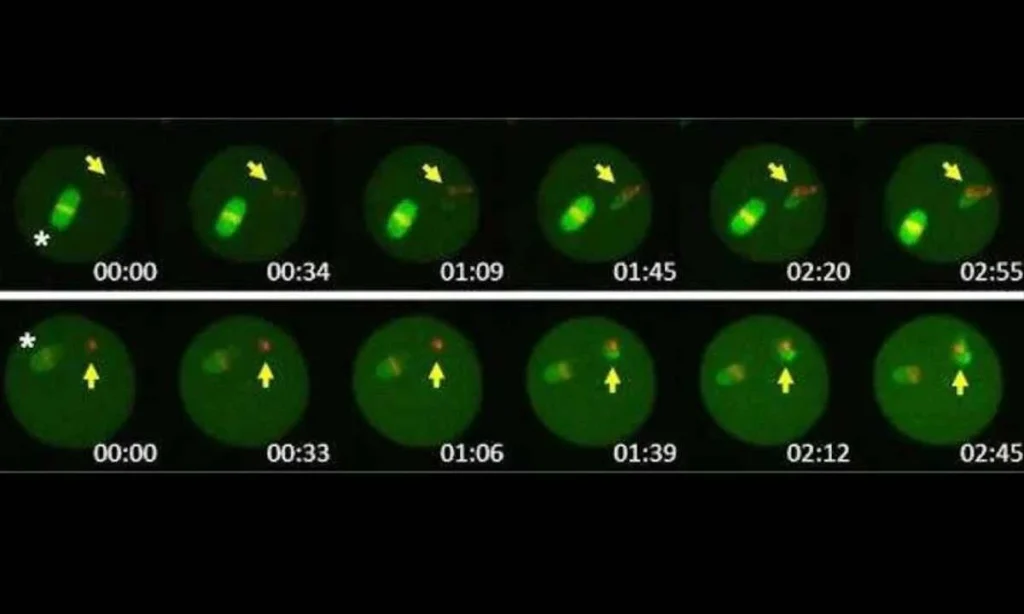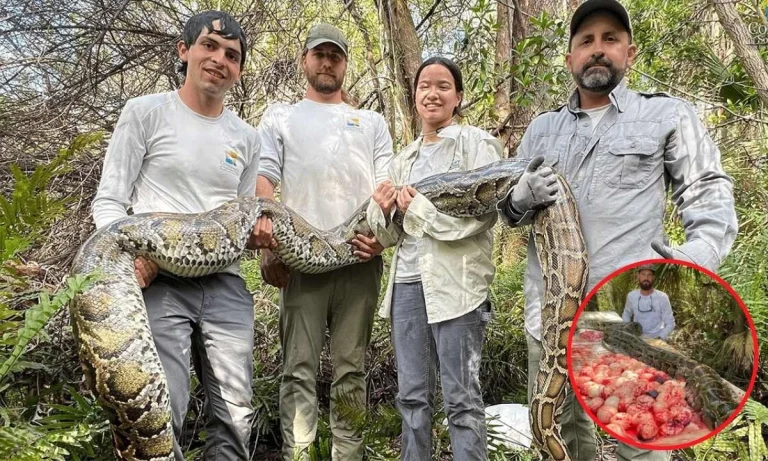In 2011, scientists made a groundbreaking discovery. It was a remarkably well-preserved 28,000-year-old woolly mammoth, nicknamed Yuka, unearthed from the Siberian permafrost. Fast forward to recent research, and Yuka’s ancient cells have done the unthinkable. They’ve shown “signs of biological activity” after being implanted into mouse cells. While the idea of bringing mammoths back to life remains far off, this milestone has captivated scientists and conservationists alike. Let’s have a look to what the scientists have found in detail.
The Story of Yuka the Baby Mammoth
Yuka’s discovery was a stroke of luck for science. Found encased in the icy permafrost of Siberia, the cold climate had perfectly preserved the mammoth’s tissues, making it one of the most intact specimens ever recovered. Yuka belonged to a population that managed to survive in the Arctic’s Wrangel Island until just 4,000 years ago, long after most mammoths had gone extinct between 10,000 and 14,000 years ago.
“This suggests that, despite the years that have passed, cell activity can still happen and parts of it can be recreated,” said Kei Miyamoto, a geneticist from Kindai University who has been leading this research.
Yuka’s preserved state allowed scientists to study her tissues in ways that weren’t possible before. From her leg, researchers extracted samples of bone marrow and muscle tissue to examine just how much of her biological material remained intact.

Reviving Ancient Cells
Analyzing Yuka’s Tissues
The journey to uncover Yuka’s cellular secrets began with the search for intact nuclei—the part of the cell that contains genetic material. After locating promising samples in her muscle and bone tissues, researchers carefully extracted and studied them to understand their potential for biological activity.

Experimental Process
To push the boundaries of what ancient cells can do, Yuka’s nuclei were infused into mouse oocytes—cells in mouse ovaries capable of forming eggs. By introducing mouse proteins, the team observed how Yuka’s cells reacted.
Amazingly, some of her ancient cells showed signs of nuclear reconstitution, a process where the nucleus begins to form again. Even more surprising, five of the cells displayed activity typically seen right before cell division.
“In the reconstructed oocytes, the mammoth nuclei showed the spindle assembly, histone incorporation, and partial nuclear formation; however, the full activation of nuclei for cleavage was not confirmed,” explained the research team in their study.
While this progress is remarkable, Miyamoto emphasizes the challenge ahead: “We still have a long way to go.”
What This Means for Science and Conservation
Scientific Significance
The fact that DNA from a 28,000-year-old mammoth could show any biological activity is a testament to how well genetic material can survive under certain conditions. It also highlights the incredible challenges in reviving such ancient cells. Fully functional mammoth cells remain a distant goal, but these findings pave the way for future breakthroughs.
Implications for Conservation Efforts
Yuka’s discovery also reignites discussions about de-extinction—using genetic tools to bring extinct species back to life. A prominent example is Harvard geneticist George Church, who is working on combining mammoth genes with Asian elephants using the CRISPR gene-editing tool. This effort isn’t just about curiosity; it has practical environmental implications.
“The elephants that lived in the past—and elephants possibly in the future—knocked down trees and allowed the cold air to hit the ground and keep the cold in the winter, and they helped the grass grow and reflect the sunlight in the summer,” said Church. This process could lead to soil cooling and ecosystem restoration in the Arctic, potentially slowing climate change.
The Long Road to Cell Division
Despite the promising results, the journey to achieving full cell division with Yuka’s DNA is fraught with challenges. So far, while the nuclei have shown some activity, they’ve fallen short of dividing into new cells. This step is critical to move closer to creating functional mammoth cells.
Miyamoto acknowledges the complexity of the task: “We want to move our study forward to the stage of cell division, but we still have a long way to go.”
Ethical and Environmental Considerations
Recreating extinct species, while fascinating, raises several ethical questions. Should humanity interfere with nature to this degree? Could bringing back mammoths disrupt modern ecosystems? These concerns are central to the ongoing debate about de-extinction.
On the flip side, the potential environmental benefits of restoring mammoths are equally compelling. By clearing trees and promoting grass growth, mammoths could contribute to cooling Arctic soil, helping combat climate change.
Conclusion
Yuka’s discovery is a bridge between the ancient past and modern science, offering incredible insights into how life can endure—even after tens of thousands of years. While reviving a woolly mammoth remains far from reality, the progress being made underscores the power of science to uncover mysteries locked in time.
As researchers continue their work, Yuka reminds us not only of what’s possible but also of the questions we must ask about the balance between progress, ethics, and environmental responsibility. Could these ancient creatures one day walk the Earth again? Science isn’t there yet—but Yuka’s story shows that it’s not impossible.
Also read,











